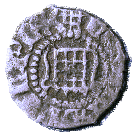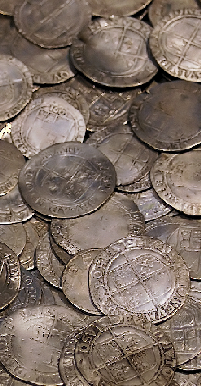
● Next Meeting Status:
Cancelled

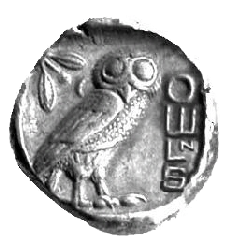

● Host Society for the
BANS 2011 Congress
held in Southport


Interesting Links
Much More Information From The Web!
There are good things and there are bad things about the internet, but one of the best has to be the accessibility of information which used to be difficult if not impossible to find. Material which might have been buried deep in a forgotten archive on the other side of the world is now available at the click of a button. And, paradoxically perhaps for a subject such as numismatics, there are new discoveries, and theories, coming forward in a steady stream.
Partly, these new discoveries and theories are disseminated by books and papers and conferences, but also through the medium of museums and learned societies. This section of our website lists a few of those which are relevant to us, and our locality.

The Ormskirk and West Lancashire Numismatic Society is an Institutional Fellow of
the Royal Numismatic Society, which is home to much good work on Classical, Ancient
and Mediaeval coinage, much of which is published in an annual volume, the Numismatic
Chronicle. The RNS can be found at www.numismatics.org.uk, or by clicking on our
Roman Coin -

The British Numismatic Society is specifically concerned with aspects of British Numismatics from the earliest days to modern times. Like the RNS it publishes an annual volume, the British Numismatic Journal. The BNS can be found at www.britnumsoc.org, or by clicking on the BNS Centenary Medal.

We are also affiliated to The British Association of Numismatic Societies. BANS is
a co-

The Portable Antiquities Scheme is a voluntary scheme to record archaeological objects
found by members of the public in England and Wales. Every year many thousands of
objects are discovered, some by metal-
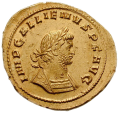
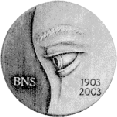
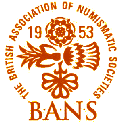
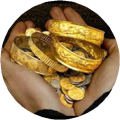

As a Society, we cater for all numismatic tastes and interests, but we are, of course, based in Lancashire, whatever the politicians may choose to call it. There are a number of institutions within Lancashire which have collections of Coins and Medals. Why not pay them a visit?

The Harris Museum and Art Gallery in Preston contains much material from some of
the most significant coin hoards to be found in the North West, including the truly
famous Cuerdale Hoard of Viking silver. Also included are more modern Temperance
medals and items of local significance. Go to http://www.harrismuseum.org.uk/collections/121-

National Museums Liverpool is the only national museums group based entirely outside London, and Liverpool is the home to a numismatic collection numbering some 18,000 items, including Greek, Roman, British and World coins. For more information, go to www.liverpoolmuseums.org.uk/wml/humanworld/numismatics/ or click on the Liverpool Halfpenny.

The Manchester Museum at the University of Manchester has an excellent and extensive collection featuring, among much else, some of the rarest 17th century Lancashire tokens. For more information about their Money collection, and about the Museum in general, go to http://www.museum.manchester.ac.uk/collection/money/ or click on the Manchester Halfpenny.
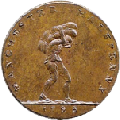
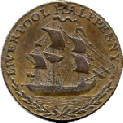


But of course there are other resources apart from Associations, Learned Societies and Museums, because numismatics and coin collecting are essentially democratic. It is open to anyone with an interest to observe, consider, collect, theorise, discover, and share the results with other interested people.

Matthew Boulton died in 1809 and to commemorate his work, and the products of the
Soho Mint which was his personal favourite, why not visit www.sohomint.info? This
is a website created as a resource for students and collectors and contains some
out-
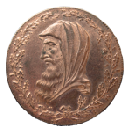

The Co-
